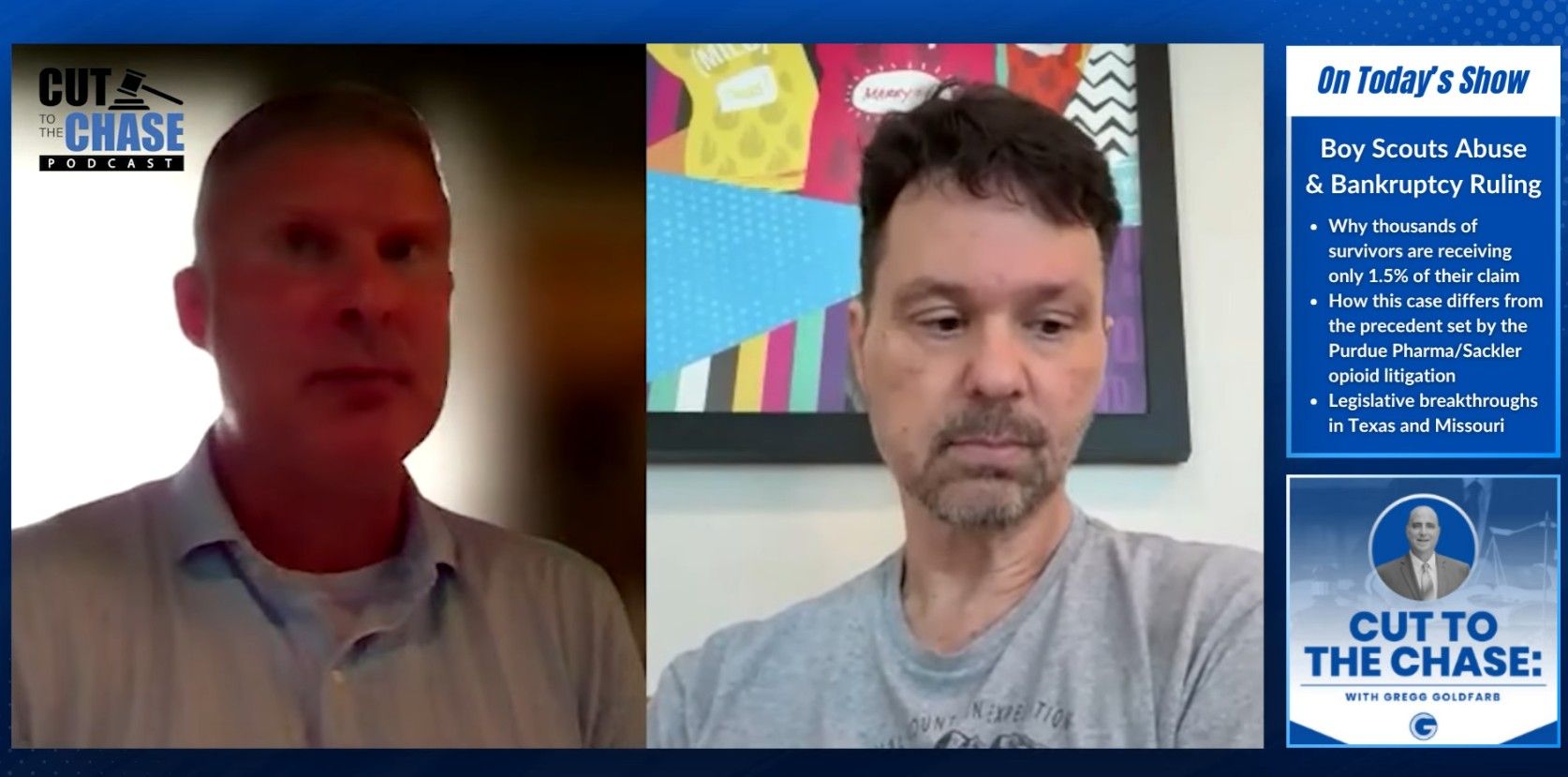Securing Your Future: A Comprehensive Guide to Insurance Claims Post-Natural Disasters
Securing Your Future: A Comprehensive Guide to Insurance Claims Post-Natural Disasters
Natural disasters often leave a trail of destruction in their wake, shaking the very foundations of our homes, lives, and communities. In such harrowing times, insurance can be the lighthouse that guides policyholders through the storm. However, many individuals find themselves at a loss when it comes to navigating the complex world of insurance claims post-disaster.
This extensive guide is aimed at shedding light on the intricacies of insurance claims, ensuring you're well-armed to secure your financial future even in the most precarious of times.
Understanding Insurance Claims: A Lifeline in Crisis
Insurance claims are the pivotal link between you as a policyholder and the promise of financial restoration offered by your insurance provider. When a natural disaster strikes, your claim is the mechanism by which you can access the funds necessary to rebuild your life and property. Understanding the nuances of this process is essential for realizing the full potential of your insurance coverage.
Understanding Your Policy's Scope
Once you know the types of natural disasters covered under your policy, the next step is to understand the extent of that coverage. Insurance policies can vary dramatically, with differences in deductibles, limits, and exclusions significantly impacting your claim. For instance, while one policy may offer comprehensive coverage for all aspects of a natural disaster, flood insurance, another might only cover specific damages, such as structural but not personal property losses.
Additionally, special riders or separate policies may be needed for certain types of disasters, such as floods or earthquakes, which are often not included in standard homeowners insurance policies or any auto insurance. Carefully reviewing your policy documents or consulting with your insurance agent can provide clarity on what is and isn't covered, ensuring you're not caught off guard when disaster strikes.
Steps to Take After a Natural Disaster: The Proactive Approach to Claims
Before the storm clouds even gather, it's crucial to know which natural disasters your insurance policy covers. Commonly covered events include hurricanes, earthquakes, floods, and wildfires, each with its own stipulations and requirements, which we will explore further. The moments after a natural disaster are critical. Acting swiftly and carefully can significantly impact the successful outcome of your insurance claim.
Immediate Actions for Safety and Documentation
The priority should always be the safety of you and your loved ones. Once safe, documenting the damage extensively is the next pivotal step. You'll want to gather photographic evidence, inventory damaged or lost items, and keep a meticulous record of communication with relevant parties.
Contacting the Insurance Company and Filing a Claim
With documentation in hand, contacting your insurance company is the next crucial move. The sooner you can file your claim, the quicker the process can begin, bringing you one step closer to recovery.
Navigating the Claims Process: From Inception to Resolution
Once your claim is filed, you're thrust into the intricate process of claim resolution. Understanding what's required and what to expect is key to success.
Documentation Required for Claims
Clear and comprehensive documentation is the backbone of your claim. This can include estimates, receipts, proof of loss, and other evidence as stipulated by your insurance policy.
Working with a Insurance Adjuster and Inspector
Insurance adjusters and inspectors will play an integral role in determining the damage's extent and value. Understanding how to collaborate with these professionals can smooth out the process significantly.
Understanding Coverage Limits and Deductibles
Coverage limits and deductibles directly impact the amount you can claim. Knowing your policy's fine print is essential. There's valuable insight to be gained by reviewing these documents before disaster strikes.
Key Obstacles a Attorney Can Assist You in Overcoming
The claims process is seldom without hiccups. Being prepared for these and knowing how to tackle them head-on is critical.
Delays in Processing Claims
Post-disaster, insurance companies can be inundated with a claim form, leading to processing delays. Patience is required, but you also have rights to a reasonable timeline for claim resolution.
Disputes Over Coverage
Sometimes, insurers and policyholders may disagree on the extent of coverage. Knowing how to present a compelling case for your claim can help you address these disputes effectively.
Rebuilding and Restoration Process
Navigating the insurance claims process is just the beginning. Once your claim is resolved, the rebuilding and restoration process begins, often entailing complex legal, financial, and logistical considerations.
Tips for Maximizing Your Insurance Claim: Strategic Approaches for Optimal Recovery
When it comes to claiming insurance post-disaster, there are strategic moves that can significantly improve the claim's outcome and ultimately, your recovery.
Keeping Thorough Records
Detail-oriented record-keeping gives you a powerful tool to support your claim. It provides clarity and undeniable evidence that can streamline the claims process.
Seeking Professional Help if Needed
In some cases, the complexity of the situation may warrant the expertise of a professional such as an insurance lawyer. They can offer invaluable advice and representation, particularly if disputes arise.
Negotiation Strategies
In the event that your claim is being undervalued, honing your negotiation skills can be advantageous. Understanding the mindset of the insurance company and how to reach a satisfactory compromise is an art that can expedite your recovery.
Conclusion: The Consequence of Preparation and Proactivity
Our practice at Jason J. Joy & Associates focuses on Texas insurance matters, primarily coverage, extracontractual, premium litigation, and on related appeals. Also, our attorneys will advise insurance clients on coverage and extracontractual issues. This includes the handling of administrative hearings, appeals, and defending class actions. Premium overcharge and coverage issues are areas we specialize in as well.
When you choose our firm, there are no upfront costs to worry about. Our fee structure is contingent upon the successful resolution of your case, meaning you only pay when we achieve a favorable outcome on your behalf. Furthermore, we handle all the initial expenses related to the preparation and handling of your case, ensuring that you will never receive an invoice or be billed for these upfront costs.
This approach allows our valued clients to access top-notch legal representation, supported by our unwavering dedication to providing exceptional service.
Trust a firm with over 10 years of experience in fighting for others, contact us today.
Contact Us
By submitting this form you agree to receive text messages.







